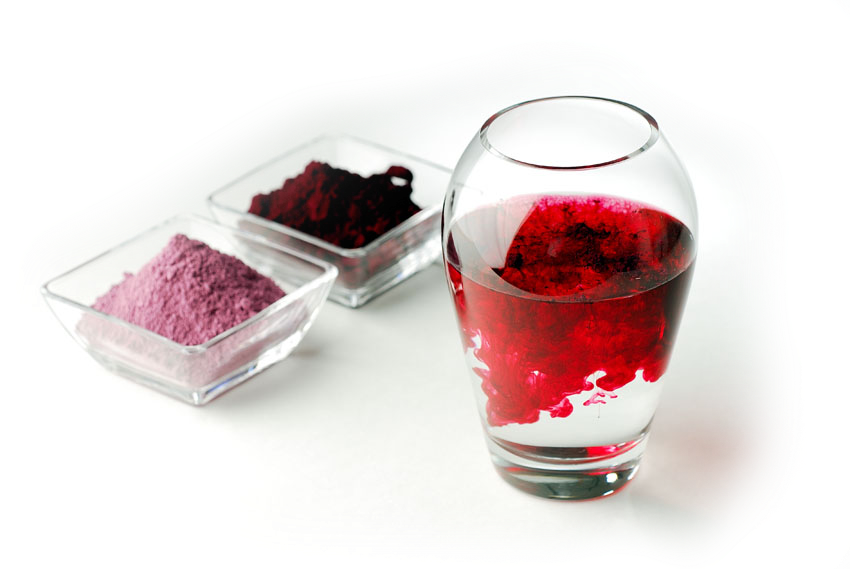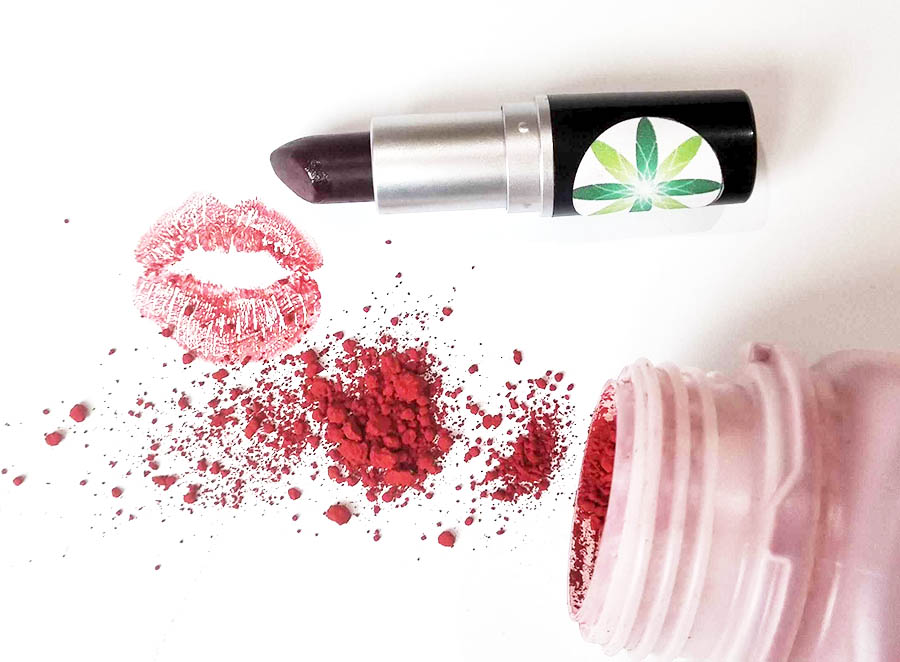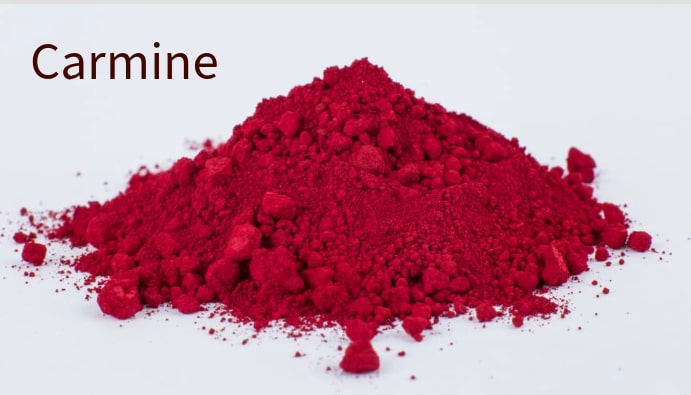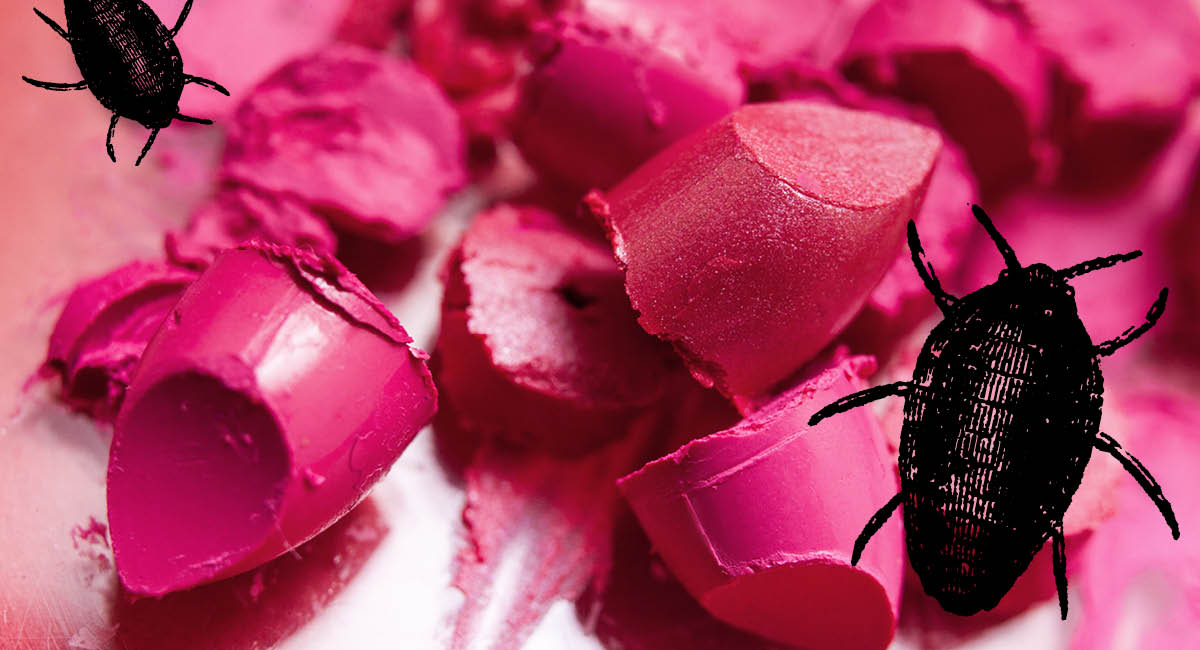Carmine powder Benefits for Cosmetics
In the realm of cosmetics, one ingredient has stood the test of time, lending its vibrant hues to lipsticks, blushes, and other makeup products for centuries: carmine. Derived from the crushed bodies of female cochineal beetles, carmine has a rich history dating back to ancient civilizations. However, as ethical and environmental concerns gain prominence, the beauty industry is witnessing a shift towards cruelty-free and vegan alternatives.
What is carmine and where does it come from?
Carmine is a natural colorant derived from the cochineal insect, which is native to South America and Mexico. The insect is harvested and dried, and then the carmine pigment is extracted from the dried bodies. It has been used for centuries as a natural dye for textiles and food, and is now commonly used in the cosmetic industry as well. Carmine is a popular choice for natural colorants because it is vibrant, long-lasting, and safe for use in cosmetics.

How is Carmine Powder Made?
The process of making carmine powder begins with cochineal insects, which are primarily found on cactus plants. These tiny insects produce carminic acid as a defense mechanism, which is the key to the red pigment. Here’s an overview of the production process:
1. Harvesting the Cochineal Insects – The insects are carefully collected from cactus plants, typically by hand.
2. Drying – Once harvested, the cochineal insects are dried, usually through sun exposure or in ovens. This drying process is crucial to ensure the preservation of the pigment.
3. Extraction of Carminic Acid – The dried insects are then crushed, and the carminic acid is extracted using a mixture of water and alcohol. This results in a deep red liquid.
4. Formation of Carmine Powder – The red liquid is filtered and treated with an aluminum salt to create carmine powder. The powder can be further processed to achieve different shades of red, from bright crimson to deep burgundy.

Benefits of using carmine in cosmetics
There are many benefits to using carmine as a natural colorant in cosmetics. First and foremost, it is a safe and non-toxic option for consumers who are looking for natural alternatives to synthetic dyes. Carmine is also known for its vibrant and long-lasting color, which can add a pop of color to any cosmetic product. Additionally, carmine is a versatile ingredient that can be used in a variety of formulations, including lipsticks, blushes, and eyeshadows. Overall, carmine is a great choice for cosmetic formulators who are looking for a natural, safe, and effective colorant.

Why is carmine used in cosmetics?
Carmine is very frequently used to add color vibrancy, long-wear, and shade intensity to makeup. It is also the ‘go-to’ natural dye when cosmetic chemists want to achieve specific cooler ranges of pinks, purples, and reds while avoiding the use of synthetic red, purple, and pink FD&C and Lake dyes.
Carmine is the third common colorant that is used in both natural and traditional (petro-chemical/synthetic based) makeup lines. As you may have already observed, traditional makeup brands simply use the ingredient that is most effective regardless of its origin or its ethical issues. Natural brands have a number of other considerations but, when faced with the challenge of delivering the colors their customers demand, they will default to using Carmine in certain natural lipstick, natural lip gloss, and natural blushes.

Is Carmine Powder Safe?
Carmine powder is generally considered safe for use in food and cosmetics. It is a natural product, and many prefer it over synthetic dyes that may pose health risks. However, some individuals may be allergic to carmine, resulting in symptoms like skin irritation or respiratory issues. If you’re concerned about allergic reactions, it’s essential to check product labels and consult a dermatologist if necessary.

How to incorporate carmine into your formulations
Carmine can be incorporated into your cosmetics formulations in a variety of ways. One common method is to mix the carmine powder with a small amount of oil or glycerin to create a paste, which can then be added to your formulation. Another option is to dissolve the carmine in a small amount of alcohol or water before adding it to your product.
It’s important to note that carmine can be sensitive to pH changes, so it’s important to test your formulation to ensure that the color remains stable. Additionally, it’s important to source your carmine from a reputable supplier to ensure that it is of high quality and free from contaminants.

Conclusion
While carmine continues to be a prevalent ingredient in many cosmetics, the rise of vegan alternatives like Red 0 signals a broader shift towards ethical and sustainable practices in the beauty industry. As consumer preferences evolve and awareness grows, cosmetic companies are increasingly investing in research and development to create innovative formulations that meet the demands of the modern market. The development of cruelty-free alternatives underscores the industry's commitment to progress and innovation.
The use of carmine in cosmetics has a storied history, rooted in ancient traditions and craftsmanship. However, as society becomes more conscious of ethical and environmental concerns, the beauty industry is embracing change. Hourglass Cosmetics' development of Red 0 represents a significant milestone in this evolution, showcasing the potential for cruelty-free innovation without compromising on quality or performance. As we navigate towards a more conscientious future, the transformation of carmine in cosmetics serves as a testament to the industry's adaptability and commitment to sustainability.
References
https://www.smithsonianmag.com/innovation/scientists-are-making-cochineal-a-red-dye-from-bugs-in-the-lab-180979828/
Sources: britannica.com/technology/cochineal; health.harvard.edu; ewg.org/skindeep/

